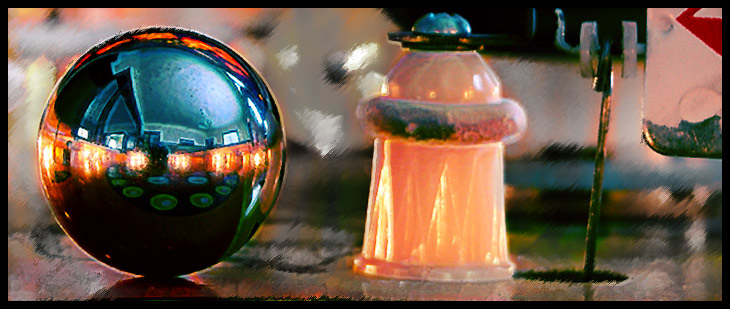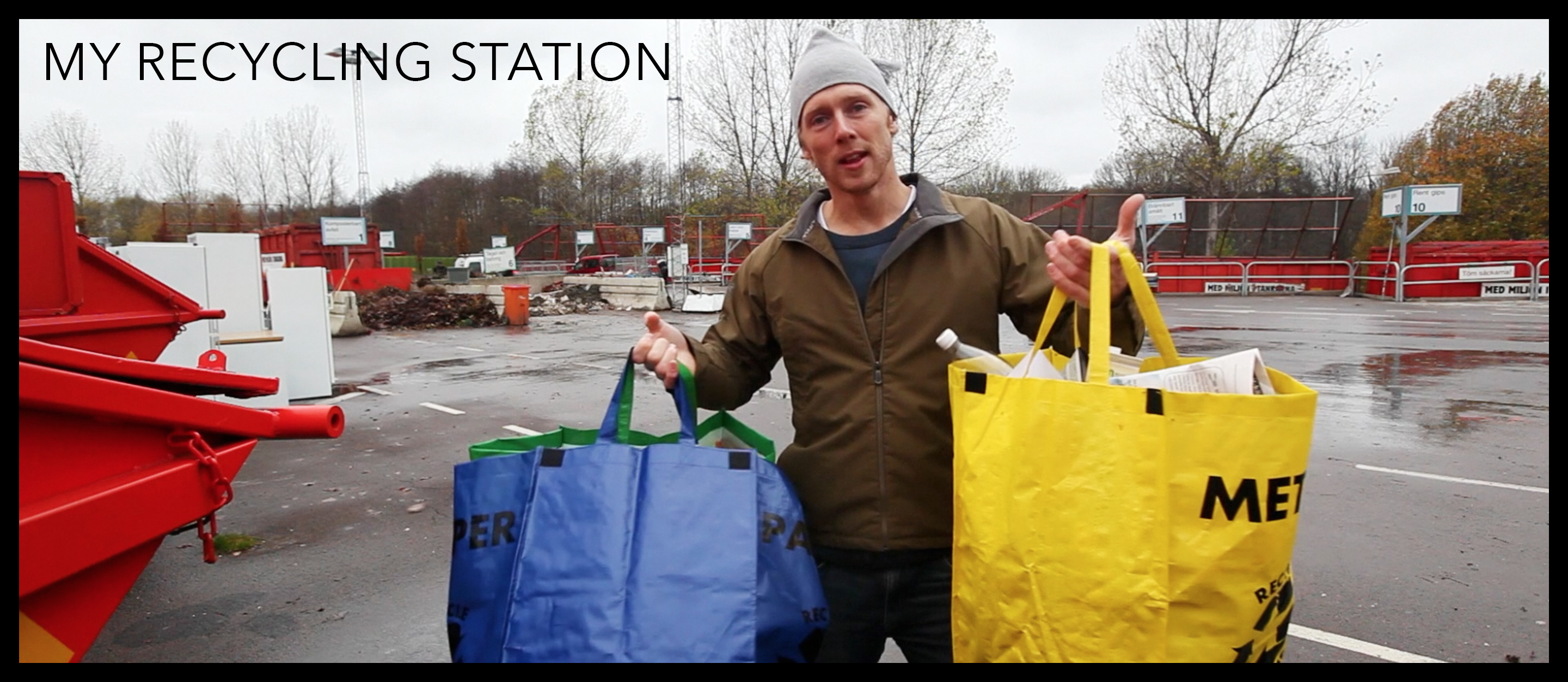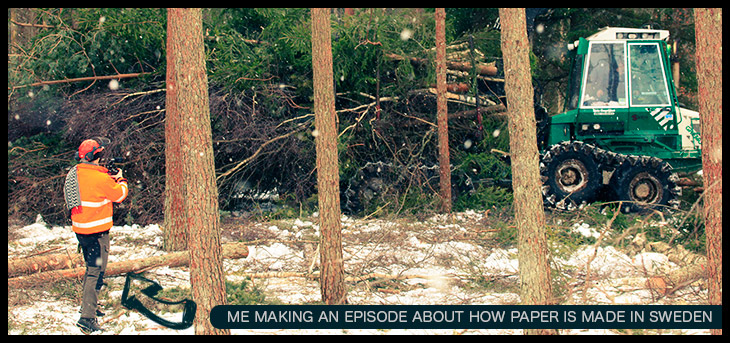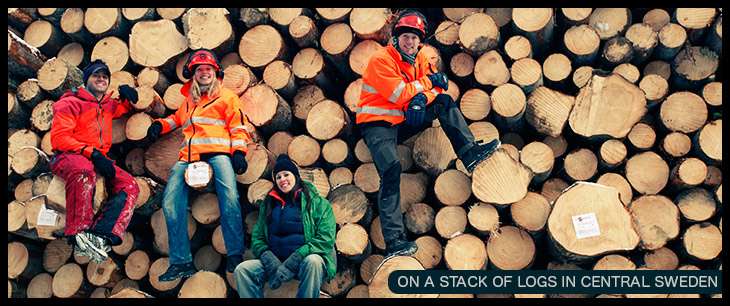Is Recycling Really Worth the Effort?
When I was in first grade I was really jealous of one of my classmates. His dad worked at the local dump, the place where people got rid of all sorts of awesome, broken stuff instead of getting it fixed. Why was I jealous? Because my friend’s dad was also really great at fixing those awesome things, so my friend had all sorts of fun toys. Like his own pinball game. Seriously, who else has a pinball game at home!?
At the time I didn’t think too much about recycling, just how awesome it was to be able to get all the cool toys people threw away. Now, one of my biggest pet peeves when I’m out in nature is finding trash. It really messes with my experience as I love traveling and seeing beautiful, untouched nature. But I also think about recycling from a more global perspective. When I was in elementary school there were around 5 billion people on the planet; today’s population is calculated to over 7.1 billion and estimated to reach 8 billion by around 2025 (we even did a video on that). The equation is simple: More people = a need for more resources.
I know, this whole global resources and recycling talk is something we are fed every day on the news, and there are voices screaming that they don’t want to be told what to do. I don’t want to tell anyone what to do; it really comes down to everyone making a justified and conscious decision. But seriously, I just don’t see any problem with the idea of separating the trash and having it recycled.
Where I live in Sweden, we are fortunate to have small, public recycling stations available everywhere. You usually don’t have to travel more than 1km (around half a mile) to find one. Plastic, glass, metal, newspaper, cardboard, and batteries each have their own bins.
Metals
Metals are separated from each other through different processes. Magnetic items are easily separated from non-magnetic ones. Then using techniques like electrolysis, where electricity is used to drive a chemical reaction, the different metals can be further separated from each other and purified.
I found out that we use about 475 billion metal cans worldwide each year. That is a lot of metal!
Steel (iron) and aluminum are two success stories in recycling; both are relatively easy and very cost-effective to recycle. The energy it takes to recycle these (and most metals) is far less than it takes to mine new metal ore, and it avoids the negative impact mining has on the environment.
Glass
Most glass bottles and jars can be recycled. Clear and colored glass should almost always be separated right away; one colored glass bottle in with clear glass can ruin a whole batch of recycled clear glass.
There are some glass items that are trickier, like light bulbs. How to handle light bulbs seems to differ quite a bit depending on where you are. Some places say they shouldn’t be thrown out with the rest of your waste, but in other places they should. Some light bulbs contain mercury and should be returned as hazardous waste. Incandescent bulbs are generally not recyclable, but many places recycle them separately and make use of their parts (like metals). The newer low-energy bulbs are apparently easier to recycle.
Here are some tips from Greenopedia on recycling light bulbs.
Plastic
Plastic is tricky. Plastics are usually synthetic solid materials that can be made in a variety of ways, resulting in many types of plastics. Some can be recycled but some cannot. Some plastics can be recycled for only a limited time after manufacturing; over time they become too brittle and worn to be recycled.
There are also great differences in how we handle recycled plastics around the world and locally within countries. To make it easier to figure out what kind of plastic we are holding and what recyclers should do with them, the Society of the Plastics Industry (SPI) developed a code system in 1988. You have probably seen the symbols; these are Resin Identification numbers. The number indicates what kind of material it is.
There are some items that don’t have this code, like most plastic bags. In some places you are only allowed to recycle plastics if they have a Resin Identification number. Check what the situation is in your area to know for sure. But whatever you do, please don’t leave plastics in nature. They take forever to break down.
Paper
Paper comes from the cellulose fibers in trees, so some might say, “Hey, trees are natural and they grow all the time. Perfect, we should have plenty of paper!”
Well, that’s partly true. Trees are renewable, and that is great. But we use an enormous amount of paper. Here are some numbers I found:
- In first-world countries, one person may use more than 20kg (about 44 pounds) of toilet tissue per year.
- To be able to produce Sunday newspapers, we apparently use 500,000 trees. Each week!
When recycled, paper is divided up into different quality grades. For example, copy paper is a higher grade than newspaper. Every cycle that paper goes through ages it; eventually (after about 6-7 turns) it cannot be recycled and will be burned or sent to landfills. Newspaper-quality paper often contains recycled elements.
Everything else
In terms of helping the environment, we should always make sure to take waste to the right place. Items that contain chemicals can become a big problem if they get out in nature. So if you suspect a waste item could contain toxic stuff, please look up where to hand it in. This includes batteries, paint buckets, spray cans, oil containers, etc.







































































































Recycling, as a practice, stands as a critical pillar in the pursuit of a more environmentally conscious lifestyle. The environmental benefits of recycling glass are particularly noteworthy. Glass is endlessly recyclable without a loss of quality, meaning it can be repurposed repeatedly without compromising its inherent characteristics. This circular nature of glass recycling contributes significantly to the reduction of raw material extraction and energy consumption.
Recycling plays a crucial role in both residential and commercial sectors, particularly in the realm of concrete. In residential settings, recycling concrete can significantly reduce the environmental impact of construction projects by diverting waste from landfills and conserving natural resources. Additionally, it often results in cost savings for homeowners and contractors alike.
In commercial contexts, the benefits of concrete recycling are even more pronounced. Large-scale projects generate substantial amounts of concrete waste, and recycling offers an efficient way to manage this excess material. By incorporating recycled concrete aggregates into new construction projects, businesses can not only reduce their environmental footprint but also lower project costs and meet sustainability goals.